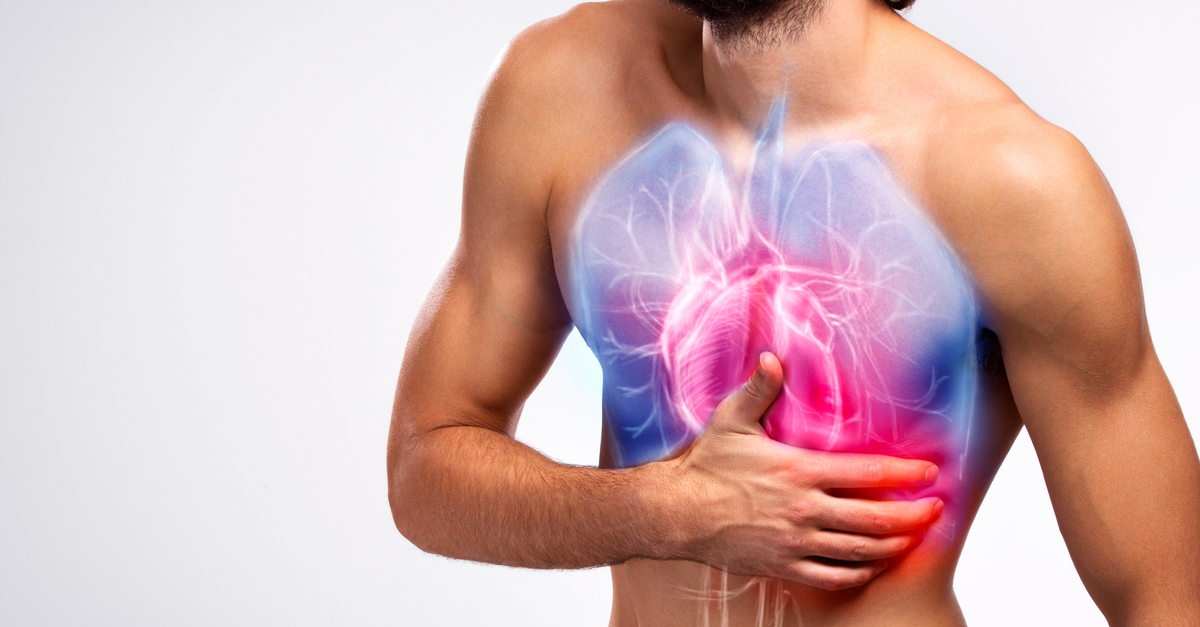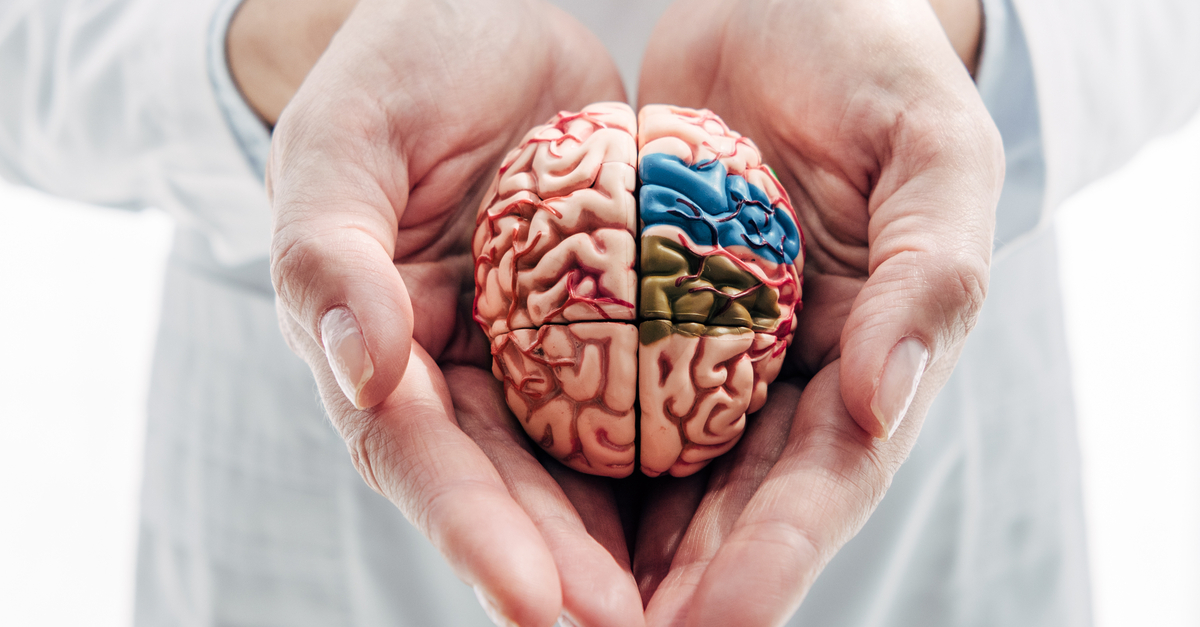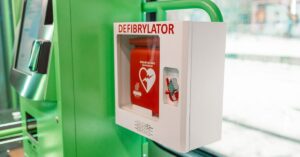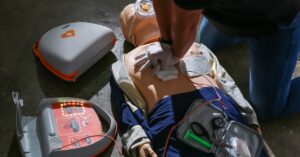A critical life-saving skill to know in emergencies is cardiopulmonary resuscitation (CPR). This technique can save a life during cardiac arrest through chest compressions and rescue breaths. Read on to explores our discussion about the science behind CPR to learn how it works. Take a break today and learn something new about the science behind CPR.
The Heart and Lungs Connection

Together, the heart and lungs collaborate to ensure oxygenated blood reaches vital tissues throughout the body. When the heart ceases to function effectively, oxygen delivery halts, causing potential organ damage. CPR is a temporary mechanical substitute, sustaining blood flow and oxygenation.
The Heart Pumping Mechanism in CPR
During CPR, you may see someone performing chest compressions. Why are they doing this, and what effect does it have? To answer that, we need to look at the actions. The point of chest compressions is to apply rhythmic pressure to the chest, helping generate artificial circulation. When a person does this, it increases intrathoracic pressure, mimicking the heart’s natural pumping action. Once that pumping is in motion internally, it propels oxygenated blood from the heart to vital organs.
Airway and Breathing Support
While chest compressions maintain circulation, rescue breaths supply essential oxygen. The lungs absorb this oxygen, distributing it via the circulatory system. In some scenarios, the natural recoil of the chest during compressions aids in drawing some air into the lungs, which further assists in the oxygenation process.
Cellular Oxygenation and Energy Production
Our exploration of the science behind CPR and its workings also touches on cellular processes. Body cells rely on oxygen for energy production, specifically through oxidative phosphorylation. CPR enables oxygen to reach these cells to sustain metabolic activities. One thing to note is that CPR doesn’t fully restore cellular function but buys crucial time by preventing further deterioration.
Anaerobic Metabolism
When the body undergoes intense exercise or experiences a lack of oxygen, cells shift from aerobic metabolism, which relies on oxygen, to anaerobic metabolism. This process allows cells to generate energy quickly but less efficiently. In anaerobic metabolism, glucose is broken down without oxygen, resulting in a faster release of energy and byproduct accumulation within the body.
Lactic Acid Buildup
One of the primary byproducts of anaerobic metabolism is lactic acid. As the body operates in a low-oxygen state, lactic acid accumulates in the muscles and bloodstream. If lactic acid gets too high, it leads to acidosis, which disrupts the average pH balance of cells, adversely affecting their function. Symptoms of lactic acid buildup may include muscle fatigue, cramps, and pain.
Brain Protection and Neurological Outcomes

The brain, susceptible to oxygen deprivation, benefits significantly from CPR. Maintaining cerebral perfusion—blood flow to the brain—remains a primary goal during resuscitation. It is vital to note that restoring blood flow is critical to protecting brain function.
Brain Protection and Neurological Outcome Mechanisms
The impact of CPR on brain protection and neurological outcomes is crucial, particularly given the brain’s limited tolerance to oxygen deprivation. When the heart cannot pump blood effectively, the brain suffers irreversible damage during low oxygen intake. CPR mitigates the risk through several mechanisms.
Improving Blood Flow Through CPR
The first stage is to maintain blood flow during CPR. This stage ensures oxygen-enriched blood reaches the brain. Minimal perfusion can even prevent extensive neuronal injury. In turn, this also improves the likelihood of positive neurological recovery.
Using Chest Compressions
The rhythmic compressions during CPR create a pulsatile flow that stimulates cerebral vasculature. This stimulation may promote the release of neuroprotective factors that help preserve brain tissues and enhance their resilience against hypoxic conditions.
Rescue Breaths
CPR facilitates rescue breaths and maintains carbon dioxide and oxygen flow within the brain, further supporting its biochemical environment. Timely administration of CPR preserves cerebral function and improves neurological outcomes during cardiac arrest.
Skeletal Muscle and CPR Mechanics
Skeletal muscles, including the diaphragm, contribute to the physical demands of performing CPR. Efficient compressions require coordination of these muscle groups to sustain consistent force and rhythm.
Role of the Diaphragm
The diaphragm is a dome-shaped muscle in the thoracic cavity. It is vital for adequate ventilation. During the rescue breath phase of CPR, the diaphragm contracts, creating a negative pressure within the thoracic cavity. It draws air into the lungs. Proper diaphragm engagement enriches the blood with oxygen by maintaining air volume.
Intercostal Muscles and Chest Compressions
The intercostal muscles, which are between the ribs, also play a significant role in the mechanics of CPR. During chest compressions, these muscles assist in stabilizing the thoracic cavity and enhancing compression effectiveness. The diaphragm’s and intercostal muscles’ rhythmic contraction and relaxation contribute to pressure dynamics that facilitate blood flow during compressions. Proper technique ensures that compressions reach adequate depth and utilize these muscles effectively to generate the needed force.
Coordination and Rhythm
The efficiency of CPR is dependent on the coordination and rhythm of the skeletal muscles involved. Maintaining a consistent rate of compressions—ideally 100 to 120 per minute—requires strength and endurance from the muscles involved. Training and practice enhance a rescuer’s ability to perform effective chest compressions for prolonged periods. You can practice chest compressions to these songs, as they mimic the rhythm of beats needed to get the heart going and to prevent fatigue. Hearing the right tempo in your head can help save a life as you perform life-saving compressions.
Muscle Fatigue and Performance
As with any physical exertion, muscle fatigue can detrimentally impact the quality of CPR. Understanding when fatigue starts is essential for rescuers; tired muscles can lead to inadequate compressions and reduced airflow during rescue breaths. It is beneficial to rotate rescuers when possible, allowing muscle groups to recover while maintaining the effectiveness of resuscitation.
Turn Your Knowledge Into Hands-On Experience at CPR123
Understanding the foundational science behind CPR emphasizes its critical function in emergencies. The interplay between the heart, lungs, and cellular metabolism underscores the importance of rapid response and sustained effort during cardiac emergencies.
Learning CPR transcends medical necessity; it represents a commitment to community safety and personal empowerment. CPR123 offers accessible CPR certification courses to everyone from seasoned medical professionals to everyday citizens who want to be prepared. We aim to offer robust training through courses like our Heartcode BLS online class. Each certification course provides access to life-saving skills to enrich your life and help rescue another.







